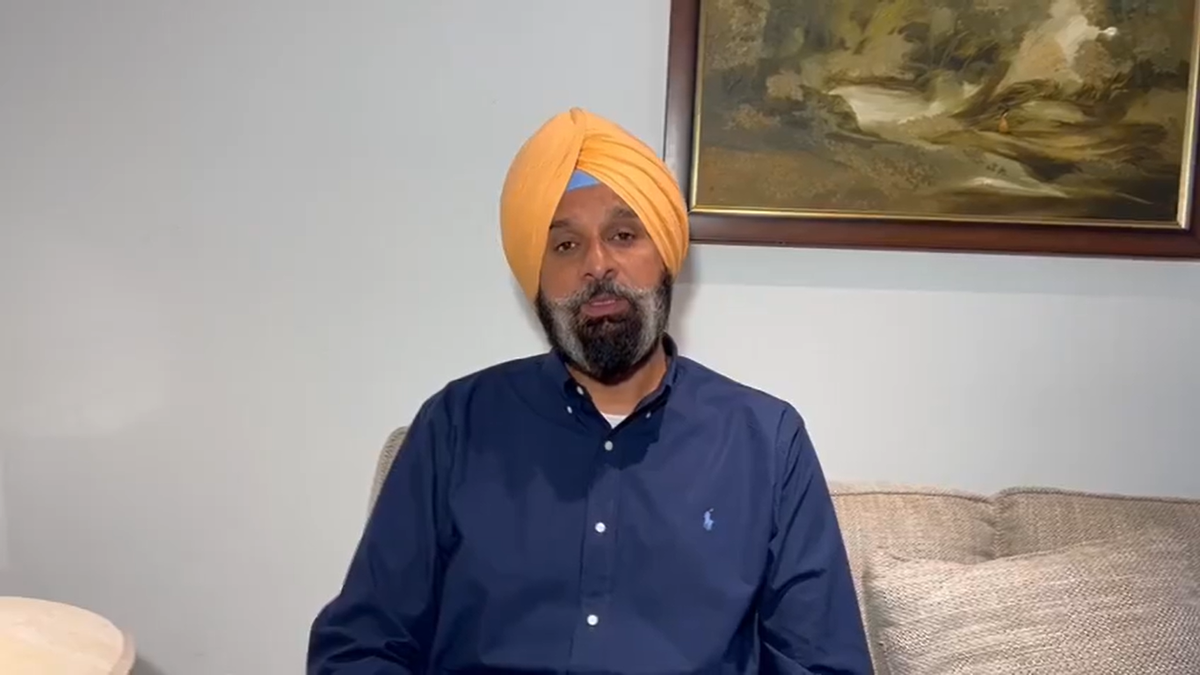In Chhattisgarh, primarily an agrarian State, the recent election revolved around farmer-centric promises, with fierce competition between the Congress and the BJP over issues like loan waivers and price of paddy. Dissatisfaction among paddy farmers coupled with anti-incumbency sentiments played a significant role in ending the BJP’s 15-year rule in the State in the 2018 election. This dissatisfaction contributed to the Congress securing victory by winning 68 out of 90 Assembly seats last time.
The role of agriculture and paddy-related concerns was pivotal in determining the fate of political parties in the recently concluded election, particularly with respect to securing the farmer’s vote.
The ruling Congress was concentrated mainly on its government’s achievements and the promises fulfilled, in particular with respect to farmers which included MSP for paddy cultivators, short-term farm loan waivers, and the promise of reduced electricity rates post-victory.
Learning from their 2018 defeat, the BJP, in this election, was seen actively reaching out to farmers, promising to procure paddy at ₹3,100 per quintal (₹500 more than what the ruling Congress had offered) and settling the outstanding paddy procurement bonus for the remaining two years of the Raman Singh government by December 25, if victorious.
Although there was no direct indictment of the Congress government by farmers, the voting pattern does not show that the Congress could reap the benefits of its efforts. In the Lokniti-CSDS study, when the farmers were asked about their economic situation in the past five years, over half reported a betterment in their economic situation. Close to two in five reported that it remained unchanged and a mere 8% reported a deterioration in their economic condition (Table 1).
Another noteworthy finding that highlights the positive impact of the Baghel government’s efforts for the welfare of farmers is that close to four in 10 farmers identified the addressing of farmers’ distress as the most commendable work carried out by the Congress-led government in Chhattisgarh.
In the case of the reach of schemes implemented by the Congress government after coming to power in 2018 —Rajiv Gandhi Kisan Nyay Yojna and the farmers’ loan waiver— four in 10 were reported to be beneficiaries. But the Congress does not seem to have any special advantage among these beneficiaries. Among the beneficiaries of the Rajiv Gandhi Kisan Nyay Yojna, both the Congress and the BJP received equal votes. Conversely, among the non-beneficiaries, there was a gap of four percentage points in favour of the BJP in terms of vote (Table 2).
Despite the overall loss in Chhattisgarh, the Congress party gained notable support through its farmers’ loan waiver schemes. A clear advantage for the Congress emerged among farmers who had benefited from this scheme, with over five in 10 casting their votes for the party. However, the BJP managed to attract four in 10 beneficiaries. Additionally, among those who had not benefited from the scheme, close to six in 10 voted for the BJP, compared to three in 10 for the Congress (Table 2).
The impact of the increased rate of paddy set by the Congress government in the past five years was significant, with nearly two in three farmers reporting that they benefited from this initiative. The Congress held a clear advantage among farmers who acknowledged the benefits of this scheme, with over half of such farmers voting for the party. On the other hand, the BJP was the preferred choice for those who expressed scepticism, stating that farmers had not benefited from this scheme or that it was merely for show (Table 3).
Vibha Attri is research associate at Lokniti-CSDS

 5 months ago
107
5 months ago
107




